A new kind of bicycle for the mind
tl; dr
We believe artificial intelligence is a new kind of bicycle for the mind — a tool that helps us move forward with more creativity, efficiency, and freedom. With that idea was born Proyecto Arquimedes, as a point of leverage for curious people who want to learn by doing, build without being experts, and push ideas that once felt beyond our reach. We’re motivated by hard things because they force us out of our comfort zone and help us grow. That’s why we’re betting on learning by creating, sharing along the way, and standing on the shoulders of those who inspire us. We’re not a startup, and we’re not trying to move fast — but we’ll probably break things, because this is an experiment we believe is worth it.
The new tool
About two years ago, I had my first encounter with artificial intelligence. I can’t even remember all the mixed feelings I had during those first weeks of using it. Today, I go back to it naturally — like muscle memory. And while I can’t recall what I felt back then, I can tell you how I feel now: it’s amazing.
You know that famous Steve Jobs interview where he says:
“What a computer is to me… it’s the most remarkable tool we’ve ever created, and it’s the equivalent of a bicycle for the mind.”
Honestly, I think today we can say that artificial intelligence is a new kind of bicycle for the mind. If that brief context already clicks with you and you’re on board with the idea, feel free to skip to the next section. If not — if you’re still unsure or curious — I’ll unpack it a bit more below.
To build this perspective, I think there are two key concepts in Jobs’ quote: “efficiency” and “tool.” Wait, where does efficiency come from, right? The quote only mentions a tool — I’m probably being a bad writer. For those who haven’t seen the interview, Jobs explains how researchers once measured the locomotion efficiency of various animals, including humans. Unsurprisingly, we didn’t rank very high. But then, they tested again — this time giving humans a tool: the bicycle. The results? We soared to the top of the list as the most efficient.
That’s why those two concepts — “efficiency” and “tool” — matter to me when I think of AI as a new kind of mental bicycle. Over the past few years using this tool I’ve seen how it has boosted my own efficiency. With AI as both a coding and learning assistant, I built a desktop app that reads digital documents, extracts their content, and automatically saves it in an Excel file. I even designed the UI so anyone, regardless of technical background, could use it easily. That reduced a task that used to take me 38 minutes down to just 0.8.
It also helped me build my first video game1 — yeah, tons of fun — and explore creative solutions to problems that used to feel tedious or impossible. AI let me experiment, test ideas without fear, and build from curiosity. And I know I’m not the only one; I’m sure many of you reading this are also using it to automate, create, and solve.
Sure, it’s a bit of a stretch to talk about “efficiency” when I’m not exactly a “real” programmer. If someone had measured my coding output or quality back then and compared it to a seasoned developer, I’m sure the pro would’ve come out way ahead. But what if I compare myself… to past me? Who would’ve thought I’d be able to do all that, coming from a background totally disconnected from the world of development?
So we’re on the same page now, right? 2
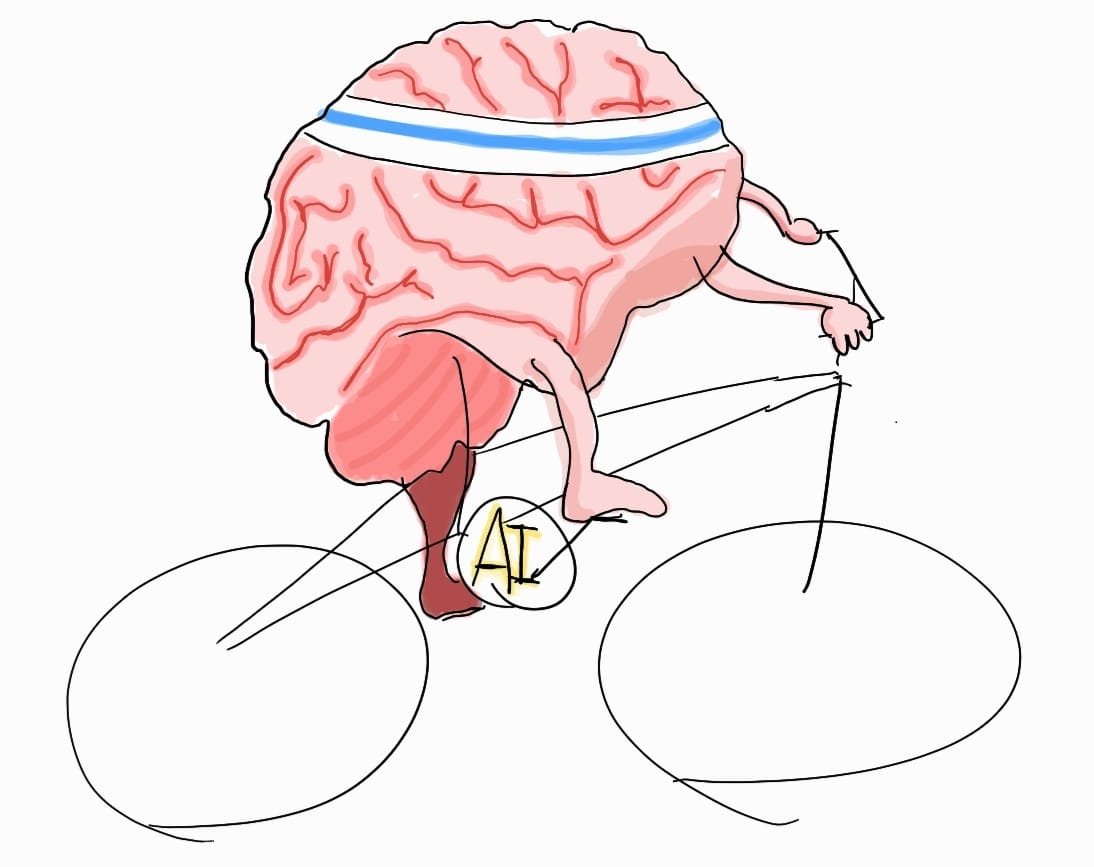
Give me a place to stand, and I shall move the world
Was Archimedes really the wise one who said that phrase? Well, that’s exactly what we want Proyecto Arquimedes to be: a collective of curious, enthusiastic, and creative people who can use AI as a lever — and try to move the world (or at least try).
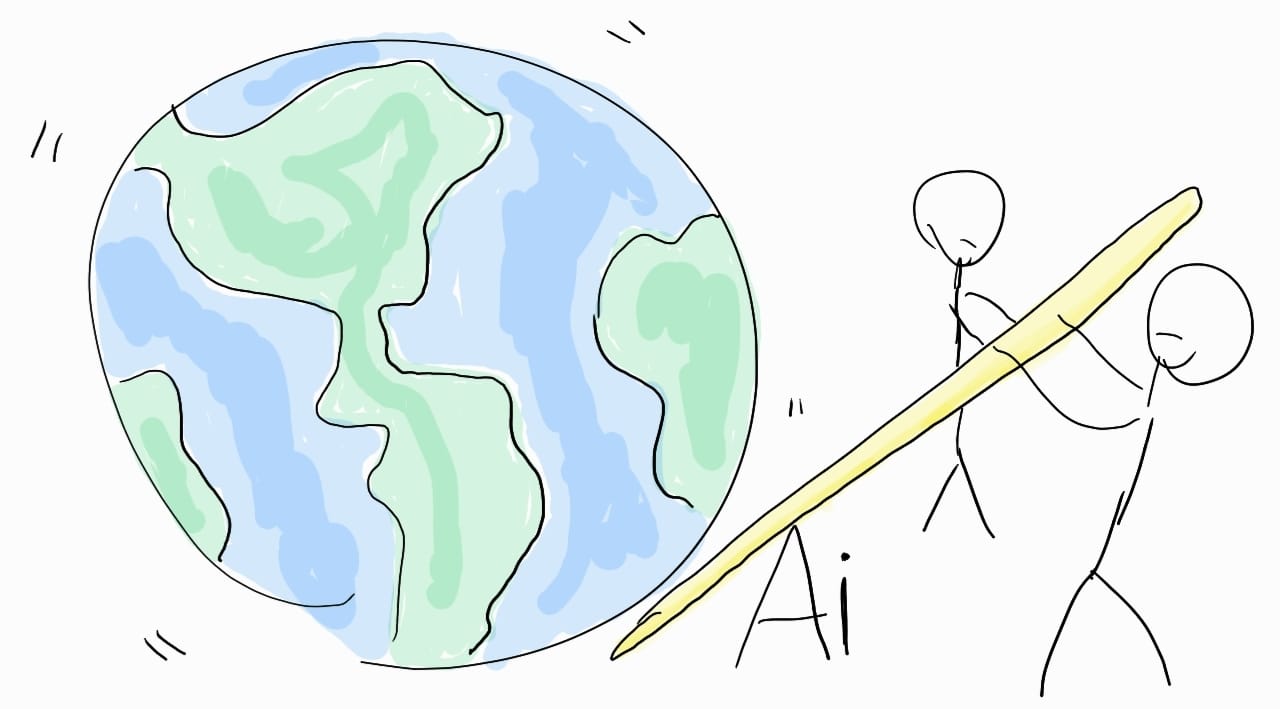
Yeah, I hear you — that last paragraph sounds a bit idealistic, maybe even poetic. But let me share a few recent thoughts from some of the most influential voices in AI:
Jeremy Howard, with over 30 years of experience in artificial intelligence:
“…with the help of modern AI tools, I’ve seen that a generalist with a solid grasp of the fundamentals can build effective solutions to tough problems — even using languages, tools, and libraries they’re not familiar with…”
Andrew Ng, a leading figure in the field for more than two decades:
“…for many jobs that involve applying knowledge or processing information, AI will be transformative. We’re already starting to see how individuals with technical skills can coordinate tools to get things done differently, achieving an impact—if not 10 times, at least 2 times greater. And I think that gap will only grow.”
With backing like that, I feel confident making the analogy: AI is a kind of lever — one powerful enough to move the world. What once sounded like poetic thinking starts to feel a lot more practical when we see how it’s changing everyday life for those who know how to use it — from how we write and design, to how we solve problems and make decisions.
We believe that truly understanding this tool doesn’t come from just analyzing or consuming it — but from creating with it. Learning by doing. Getting your hands dirty. Failing. Tweaking. Building. There’s one quote that really captures this mindset and drives much of what we hope to build in this project.
Richard Feynman, Nobel Prize in Physics in 1965, and an unrelenting advocate for active learning and curiosity as the engines of knowledge:
“What I cannot create, I do not understand.”
So that’s our approach: research and experimentation3 as ways to explore the power of this new tool for the mind — and maybe, just maybe, move the world with it.
Difficulty motivate us. Where are we? How far can we go?
The biggest —and hardest— goal driving this project is simple: using artificial intelligence as a tool for transformation. That’s our challenge-goal. Not just because it sounds good, but because it forces us to work in higher-risk environments, with more uncertainty… and way more room to grow.
Charles Duhigg, in Smarter, Faster, Better, explains how ambitious goals —even when they seem out of reach— can push us toward real breakthroughs. They pull us out of the routine, force us to think differently, and push us to try new things. That’s exactly how it feels every time we try to build something with AI: we don’t have all the answers, but aiming high is enough to set things in motion.
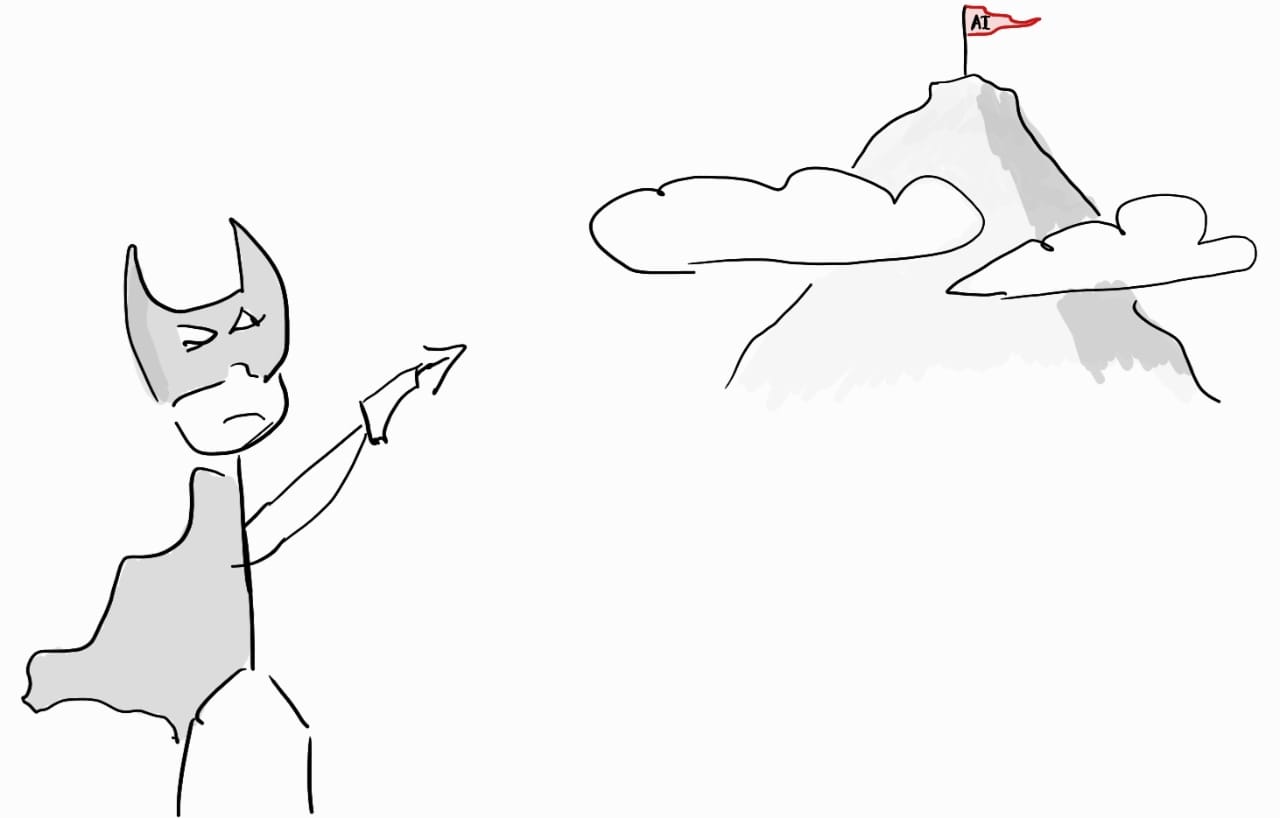
In my case, I go back to it: I automated a complex data extraction and loading task without having a background in programming. I had to learn new technologies, work late, adapt, and fail more than once. But in the end, I didn’t just solve a technical problem — I gained time, freedom, and confidence. The difficulty was exactly what made it all worthwhile.
There’s another goal that drives us too: measuring ourselves against what’s happening elsewhere. I often wonder: if people out there are already working with cutting-edge tech… where are we standing? How far are we from doing the same? What “tech year” are we living in? Knowing that gives us direction. Maybe we’re not as far behind as we think.
That’s why we want to reclaim a phrase we’ve heard many times: “From Paraguay to the world.” But not as an empty slogan. We want to turn it into practice — set bold goals, benchmark ourselves, take on challenges, and create. Even if, for now, what we build only reaches our world… that’s still a start.
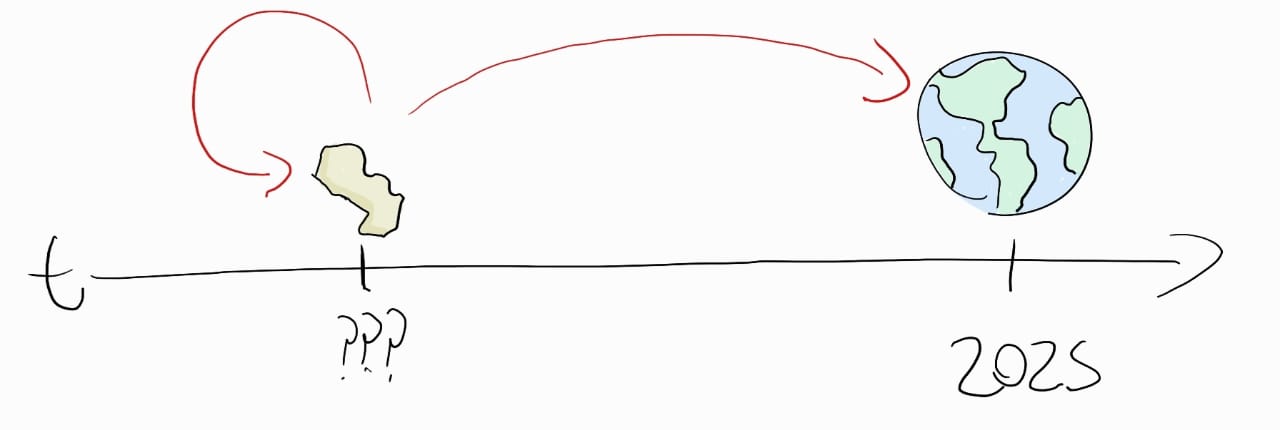
From on-line learning to in-line learning
Our third goal might just be the brightest one: learning by teaching.
Why this goal? Because we believe that many of the challenges we face today —whether it’s executing, making decisions, or working together— often come down to the same root cause: a gap in education.
We invite you to try something. Write down any current problem you’re facing on the far right side of a blank sheet of paper. Then, to its left, draw an arrow and write the most immediate cause of that problem. Repeat the process with that new cause. If you do this enough times, chances are you’ll land where we did: a missing piece in how we learned —or didn’t learn— something essential to facing it.

At Proyecto Arquimedes, we believe that education —formal, informal, self-taught, or community-driven— is not only at the root of many problems but also at the root of their solutions. And by education, we don’t mean diplomas or degrees, but the real process of acquiring, applying, and sharing knowledge.
That’s why we want to transform passive learning —from online courses, books, papers, or theories— into active learning: learning that’s built into our ideas, our experiments, and even into these very lines — in-line. We don’t just want to watch courses. We want to use what we learn, create with it, share it, and improve it publicly.
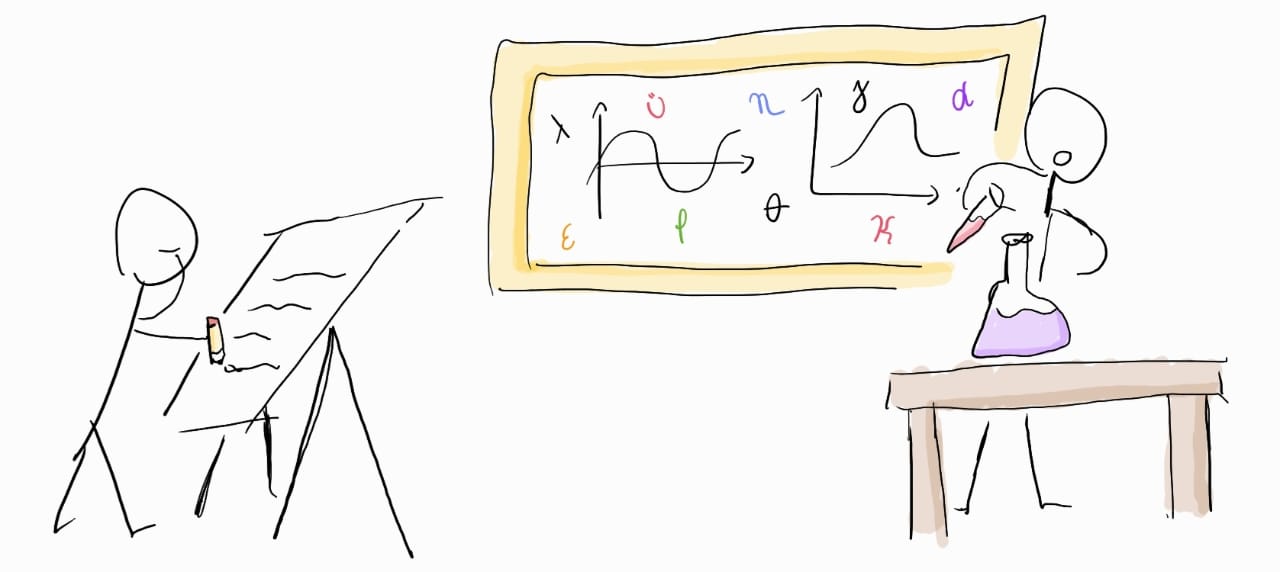
This vision is deeply inspired by people we admire, like Chip Huyen and Shawn Wang. Here are some of their thoughts that reflect the spirit we want to cultivate and the thinking that inspires us:
Chip Huyen, writer, computer scientist, and teacher focused on ML systems:
“I didn’t set out to teach the course (on machine learning) because I was an expert in AI — I wasn’t even an expert in TensorFlow. I just wanted the class to exist so I could learn alongside people who shared my interest. When no one else wanted to teach it, I had to do it myself.”
Our takeaway: we’re not “developers,” “software engineers,” or “AI experts” either. But like Chip, we want to build a space where we can learn alongside others — even if it means creating it from scratch. If no one else wants to do it, we will.
Shawn Wang (swyx),developer, writer, and voice in AI engineering:
“Learn in public. It’s the fastest way to learn. If there’s a golden rule, this is it — that’s why I put it first. All the other rules are basically extensions of this one.”
Our takeaway: we want to learn in public. Because sharing what we’re learning pushes us to think clearly, to organize our ideas, to truly understand. And if we make mistakes —which we will— we hope the community helps us get it right and grow. Like swyx says, it’s the fastest way to learn.
We won’t move fast, we’ll break things
We’re not experts in machine learning or artificial intelligence. And to be honest, we know that building something meaningful with these technologies involves far more than just understanding the models — there are many layers to consider. We’ve only been experimenting with these tools for about three years. Still, we believe that a systematic process —rooted in the ideas, tools, and learnings shared by those who, without even knowing it, have guided us through their open knowledge— combined with our own curiosity, can move us forward, one step at a time.
We know we won’t be doing this full-time. We don’t know how long we’ll be doing it, or how consistently. As of the date of this post, all we have are ideas — and very little iteration on them. But one thing is clear: we’ll do what we can, with what we have.
Our projects, at least at this stage, aren’t aimed at mass-market products. We want to experiment with the problems we face in our own daily lives — with our questions, our frustrations. From the everyday to the complex.
We’re not a startup. Not yet. We won’t be moving fast. But yes, we’ll probably break things — our personal finances, to start with. We’re not here to chase profit. We want to play, like DeepMind did in the beginning: with AI and video games, with curiosity and no pressure.
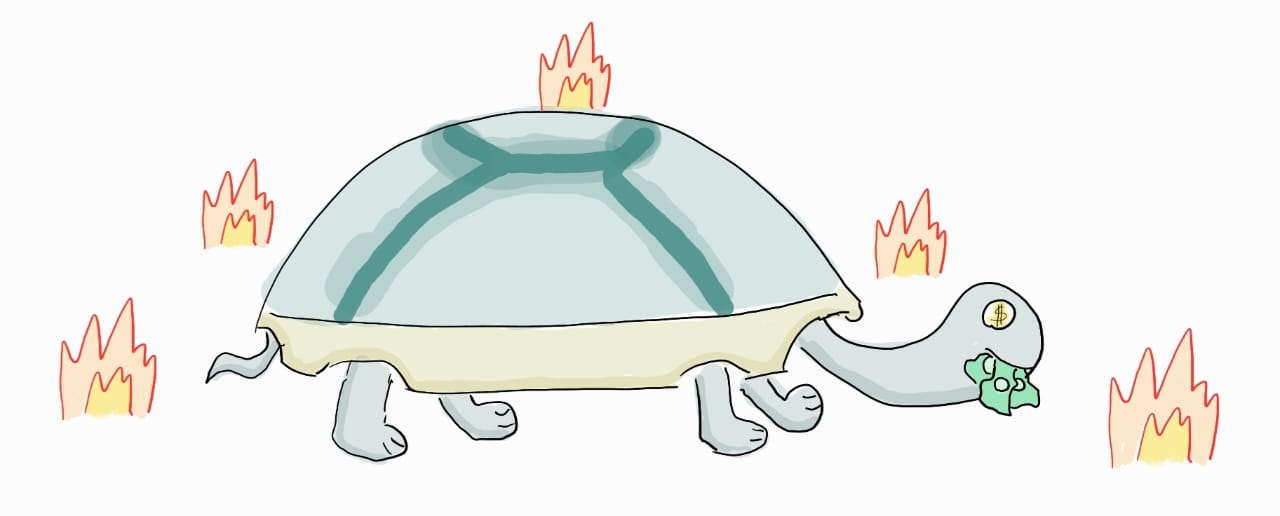
This manifesto is a compass. A reminder that:
You don’t need to have it all figured out to get started.
We want to understand where we are, how hard it is to move forward, and why.
We want to aim for the sky and build momentum.
We want to stand on the shoulders of giants and reach new heights.
We want to learn by teaching. To create content, not just consume it.
We want to have fun experimenting.
And above all, we believe that on those foundations, we can unlock the full potential of this new kind of bicycle for the mind.
Footnotes
Currently in the visual design phase, so there is no public repository available yet.↩︎
While the analogy of AI as a “bicycle for the mind” has been used by others to talk about efficiency or speed, for us it has a deeper meaning: it’s a tool that expands our limits and allows us to reach places we couldn’t before, even without knowing the way. We don’t use it to go faster, but to evolve while we pedal.↩︎
Archimedes has also been cited to speak about the power of moving the world with this new tool. We agree, but with one key difference: that lever—AI—doesn’t work alone. It requires someone curious, brave, and willing to learn by doing. The fulcrum is there, but moving something depends on who dares to use it.↩︎